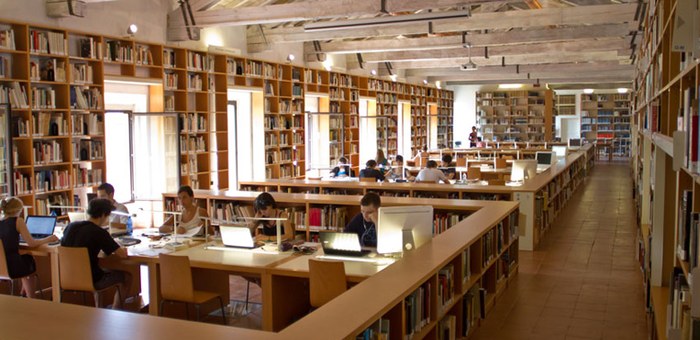To make this legacy available to the scientific community, the Foundation embarked as of 2003 on the demanding job of cataloguing and digitizing the Zeri Photo Archive.
This led to creation of some sizable digital databases now freely accessible online from this web site, containing high-quality images and precious documents.
The Zeri Photo Archive Catalogue is nowadays reckoned to be the most important repertory of Italian art on the web with more than 200,000 images of works of Italian painting and sculpture, increasing day by day.
The Art Library has been catalogued under the National Library System (Opac SBN), while cataloguing of the Auction Catalogues collection, in progress, has led to a specific new database.
Investing in digital technology and online research access to resources has proved a winning strategy, and it is now recognized worldwide. A considerable challenge, but primarily a commitment to opening this priceless heritage to as wide a public as possible, especially young scholars engaged in Art History studies today.
Side by side with this task there has been the commitment to higher education and research.
The Foundation runs courses and seminars for senior students, scholars, librarians and archivists, supervising degree dissertations and offering study grants. Courses at the Foundation are nowadays a valuable opportunity for going deeper and comparing notes, and form an adjunct to the present university teaching programmes.
Publishing of scientific texts now numbers various original studies on art history in two publication series.
The Foundation holds study days, meetings and special lectures open to the public.
The Federico Zeri Foundation is a partner and content provider in Europeana . It forms part of the ARTstor databank and the PHAROS (PHoto Archives Research Online Searching) consortium which groups the most important world photograph archives documenting art history.
The Foundation occupies part of the Renaissance convent of Santa Cristina in the old town centre of Bologna. The same complex hosts the Bologna University Department of Visual Arts. Together, the two institutes form a scientific hub and an outstanding resource for research into visual arts.
